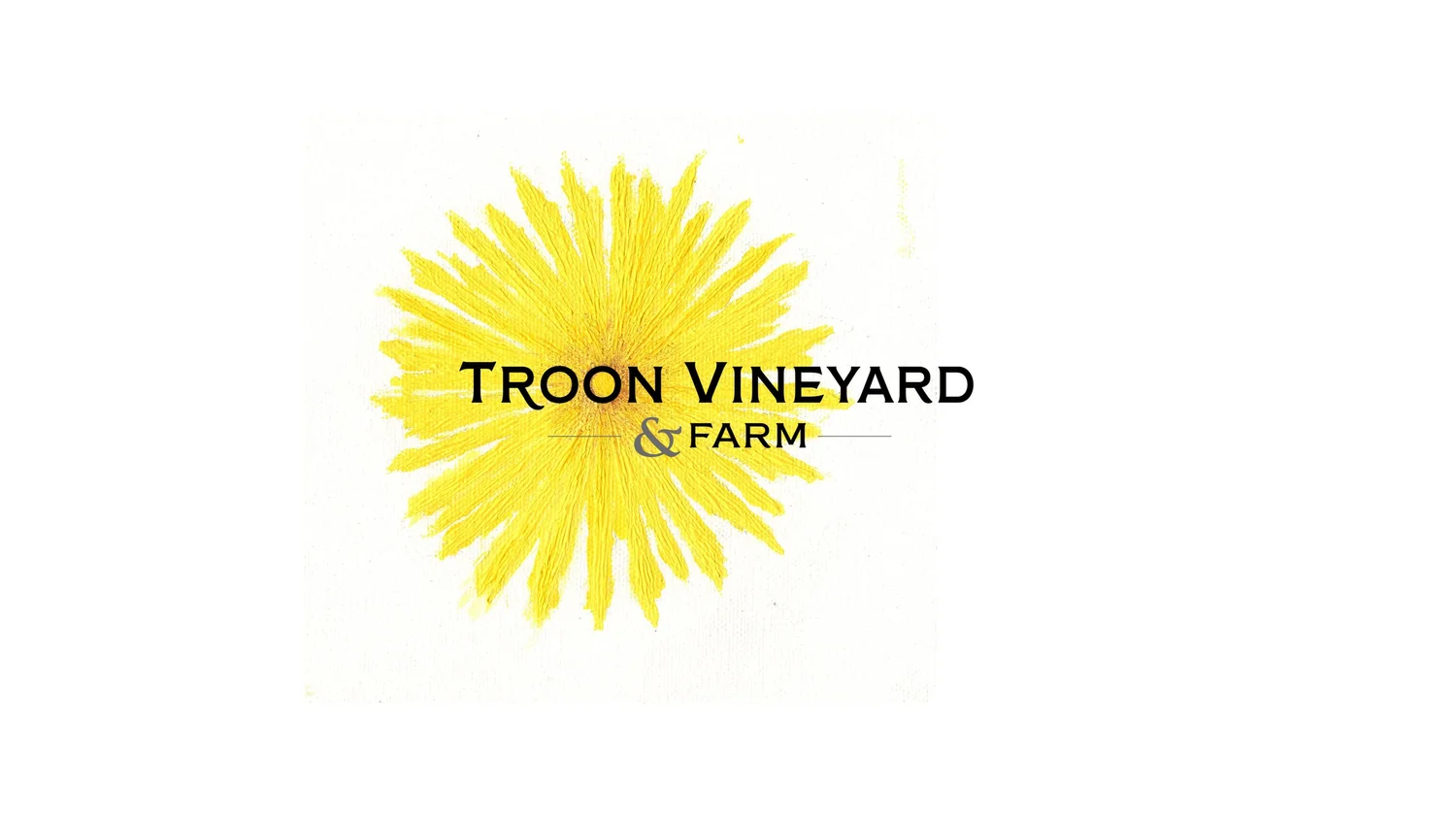Once the first lot used for Pètette comes into the winery, it is pressed for its primary white or rosé wine first, then the remaining skins are rehydrated overnight in the press, where it is pressed again the following morning. This juice is settled for 24-36 hours before being racked to a stainless steel tank, where it is kept at ambient cellar temperature to slowly kick off a spontaneous fermentation - no sulfur, yeast, acid, sugars, etc are added - just juice. Then a day or two later, the next lot of fruit comes into the winery that will also end up in the Pétette. It is then pressed off for its primary white or rosé wine purpose, and the skins are rehydrated in the press overnight. The next morning the juice is pressed, and allowed to settle in a separate stainless steel tank. After 24-36 hours of settling, the juice is slowly racked into the already-fermenting Pètette in the first tank. This process happens five or six times throughout harvest, adding new juice to the fermenting wine resulting in a single large co-fermentation of the varied assortment of grapes that make it into our Pètette. In 2023, those varieties were grenache blanc, mourvèdre, vermentino, tannat, cinsault, grenache, roussanne, counoise and carignan (note that all red grape varieties were grown and harvested for rosé wine in this instance).


